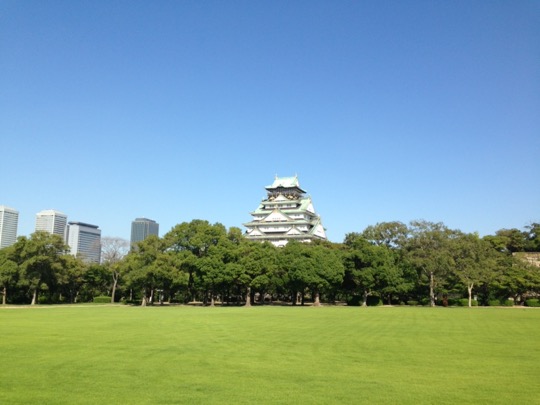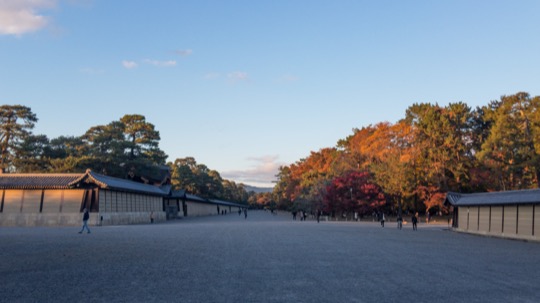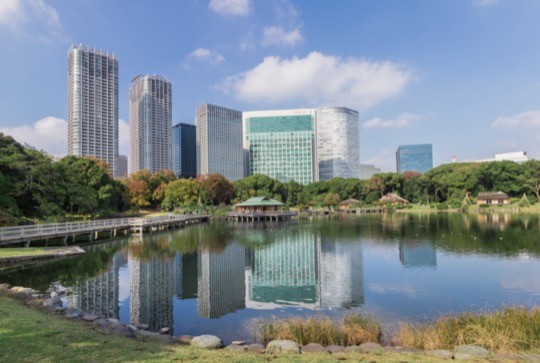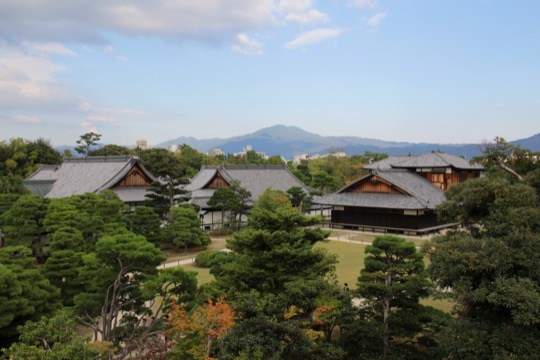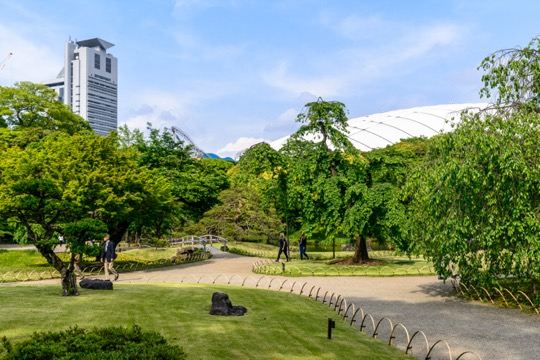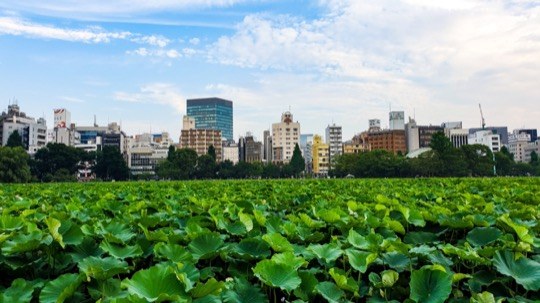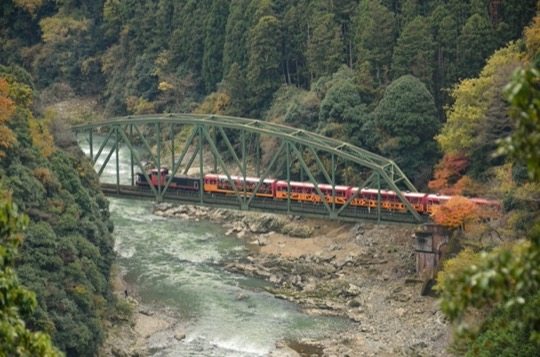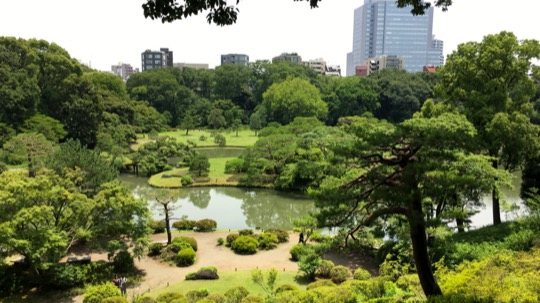Osaka Castle Park
A significant green space in downtown Osaka, surrounding Osaka Castle.

On This Page
Osaka Castle Park, which encloses the notable Osaka Castle, is a central point of Japan’s historical narrative within the urban environment of Osaka. Spanning 105.6 hectares, the park is a confluence of historical significance and cultural richness. Featuring scenic gardens, notable architecture, and the castle that was central to Japan’s unification, it offers visitors a glimpse into the country’s Warring States period.
Rooted in a historic setting, Osaka Castle Park is situated in Chūō, Osaka, an area steeped in Japan’s history. The site’s history includes the military temple of Ishiyama Hongan-ji and the erection of Osaka Castle by Toyotomi Hideyoshi in 1583. Osaka Castle is emblematic of the city and was integral to the unification of Japan in the 16th century. Despite its history of destruction and reconstruction, the castle remains an important cultural symbol.
Developed into its current form after World War II, the park transitioned from military use to a public space. Now, it is one of Osaka’s largest parks, comprising amenities such as the Keep Tower, the Gold Storehouse, and historic gates and turrets. Its design incorporates moats, shrines, and stone walls reflective of Japanese aesthetics.
Noted for its horticultural beauty, the park boasts the Osaka Park Nishinomaru Garden with 300 cherry trees, and a plum grove with 1,270 trees spanning 100 varieties. The blossoms of these trees create a spectacular display in the spring. The park’s diverse flora, including azaleas, contribute to its visual appeal. Musicians often perform in the park, adding a vibrant auditory dimension to the environment.
The park also recognizes its martial past, hosting a Japanese archery ground and the Shudokan gymnasium for contemporary martial arts. The Osaka Castle Band Shell and Osaka-jo Hall are venues for music events, enhancing the park’s cultural atmosphere.
Seasonal activities like the potted plant market and nighttime cherry blossom viewings allow visitors to engage with the park’s communal and natural elements. Volunteer guides share local anecdotes and historical context with park-goers.
Quiet corners, such as stone gardens and memorial forests, offer peaceful retreats within the park. Participating in the park’s exhibitions and events can deepen visitors’ appreciation of Osaka’s heritage.
As a substantial green space in Osaka, the park is more than a tourist spot; it is a valued local refuge that contributes to the city’s cultural landscape.
Getting There the easiest way to reach Osaka Castle Park
Around Osaka Castle Park
Nearby in Osaka the best attractions close to Osaka Castle Park
Osaka Castle
The Fortress of Toyotomi Hideyoshi, key to Japan’s unification in the 16th century
Osaka Museum of History
Osaka’s transformation from the ancient times of Naniwa Palace to a bustling modern metropolis
